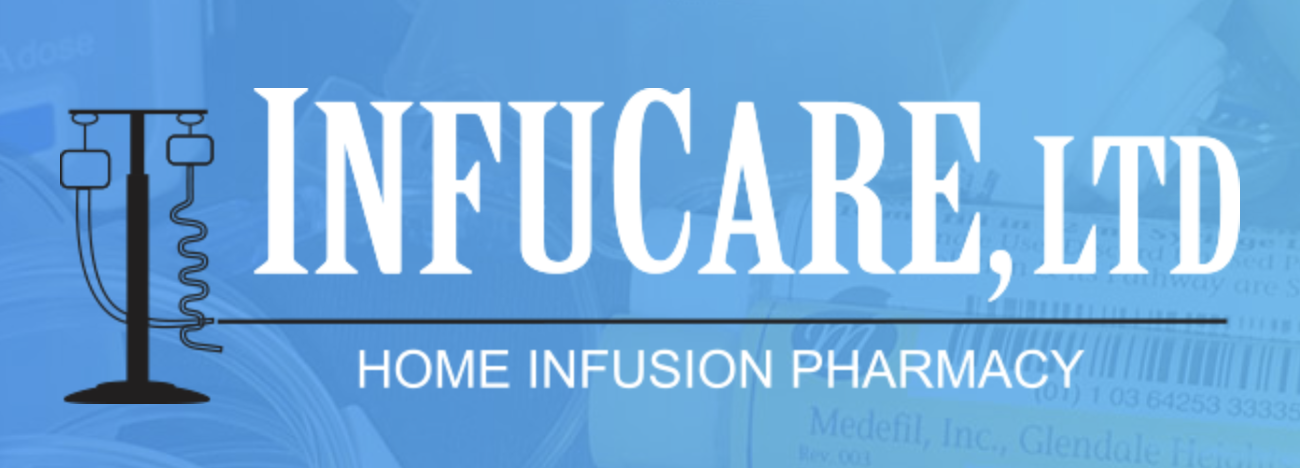Only 19% of Americans are “Very Satisfied” with the quality of medical care in the United States.1
According to Gallup, this sentiment has held steady for around two decades. Recent research from the public opinion agency also shows that an alarming 61% of Americans feel the healthcare system is in crisis or has major problems.2 Given this public sentiment, how do specialty pharmacies and other healthcare providers demonstrate their ability to deliver quality healthcare service and support? One increasingly important tool for demonstrating quality is accreditation.
Any state-licensed pharmacy can designate itself as a specialty pharmacy.3 Accreditation demonstrates a pharmacy has the clinical, operational, and patient-care capabilities worthy of the specialty pharmacy designation. According to leading health accreditation agency URAC, “Accreditation is the process of rigorous review that allows health care organizations to demonstrate their ability to meet regulatory requirements and national standards established via a URAC stakeholder consensus process and recognized as key benchmarks for measuring the quality of an organization.”4 Another leading accreditation organization, ACHC affirms, “Accreditation reflects an agency’s dedication and commitment to meeting standards that demonstrate a higher level of performance and patient care.”5
Karen Spano is the Corporate Director of Accreditation and Quality Management at BioMatrix. She shares, “Accreditation is a key benchmark measuring quality and performance. The process and ongoing commitment of accreditation demonstrates an organizational ability to provide exemplary patient care, meet regulatory requirements and national best practices, and differentiate services.”
Accreditation helps to assure patients, healthcare providers, and payers of an organization’s capabilities. The process of achieving and maintaining accreditation also unites employees around quality, safety, and standardization. Achieving and maintaining accreditation requires a level of commitment and focus aligning teams toward a shared goal of quality; ultimately helping to improve patient health and creating value for all healthcare stakeholders. Qualitative research from several studies indicates that following the rigorous accreditation process, employees perceive an improvement in organizational culture, patient care, process standardization, and ongoing efforts around process improvement.6,7 Spano affirms, “The accreditation process allows us to showcase our strengths while identifying areas in need of improvement. It creates a culture focused on continual improvement where employees hone and enhance their skills while improving quality management systems and processes.”
BioMatrix is committed to quality.
BioMatrix maintains industry leading specialty pharmacy accreditations. All BioMatrix pharmacy locations carry multiple accreditations. Several locations carry specialized designations aligned with the unique needs of patients with rare or difficult to treat health conditions.
Stay informed on the latest trends in healthcare and specialty pharmacy.
Sign up for our monthly e-newsletter, BioMatrix Abstract.
We value your privacy. Review our Privacy Policy here.
References
Ratanjee, V. (2020). Five forces that will reshape the future of healthcare. Gallup. https://www.gallup.com/workplace/323039/five-forces-reshape-future-healthcare.aspx
Jones, JM. (2020). Reduced majority in US critical of healthcare system. Gallup. https://news.gallup.com/poll/327968/reduced-majority-critical-healthcare-system.aspx
Fein, AJ. (2021). The specialty pharmacy accreditation boom slows: DCI’s exclusive update on the US market. Drug Channels. https://www.drugchannels.net/2021/05/the-specialty-pharmacy-accreditation.html
URAC. (2021). Accreditation FAQ. https://www.urac.org/accreditations-certifications/accreditation-faqs/
ACHC. (N.D.). What is accreditation? https://www.achc.org/about-accreditation/#what-is-accreditation
Melo, S. (2016). The impact of accreditation on healthcare quality improvement: a qualitative case study. Journal of Health Organization and Management. https://www.emerald.com/insight/content/doi/10.1108/JHOM-01-2016-0021/full/html
J.A. Carrasco-Peraltaa., M.Herrera-UsagrebV., Reyes-Alcázara., A.Torres-Oliveraa (2019). Healthcare accreditation as trigger of organisational change: The view of professionals. Journal of Healthcare Quality Research. 34(2) 59-65. https://www.sciencedirect.com/science/article/abs/pii/S2603647918301118

































